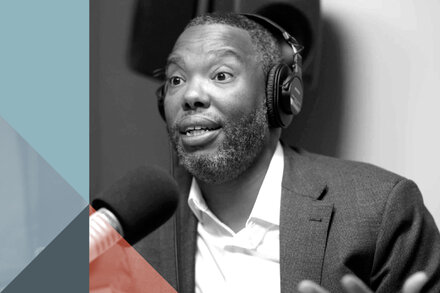Artificial intelligence (AI) is rapidly integrating into educational systems worldwide, prompting a crucial discussion about its capabilities and limitations within school environments. As classrooms increasingly explore new technologies, understanding what AI can and cannot do is essential for its effective and responsible implementation.
What AI Can Do in Schools
AI offers a range of tools that can enhance the learning experience and streamline administrative tasks. One of its most touted benefits is personalized learning. AI-powered platforms can adapt to individual student paces and learning styles, providing customized content, exercises, and feedback. This allows students to strengthen areas where they struggle and advance quickly in subjects they grasp, moving beyond a one-size-fits-all approach.
Beyond personalized instruction, AI excels at automating repetitive tasks for educators. This includes automated grading for objective assessments like multiple-choice quizzes, freeing up teachers’ time to focus on more complex grading and student interaction. AI tools can also generate practice problems, summarize lengthy texts, and even assist in drafting lesson plans or administrative communications.
Furthermore, AI significantly enhances accessibility. Tools such as real-time translation, text-to-speech, and speech-to-text can support students with diverse learning needs or language barriers, making educational content more inclusive. Data analytics driven by AI can also help educators identify trends in student performance, pinpointing areas where classes or individual students might need additional support.
What AI Can’t Do in Schools
Despite its impressive capabilities, AI has significant limitations that underscore the irreplaceable role of human educators. AI lacks the capacity for genuine emotional intelligence, empathy, and nuanced understanding of human behavior. It cannot fully replicate the complex social interactions, mentorship, and motivational support that a human teacher provides.
“While AI can be an incredible assistant for administrative tasks and delivering customized content, it fundamentally lacks the emotional intelligence and adaptive pedagogical insight of a human teacher. It’s a powerful tool, but not a substitute for human connection and holistic development,” explains Dr. Lena Chen, an educational technology specialist.
Critical thinking, creativity, and problem-solving, especially in complex, open-ended scenarios, still largely remain in the human domain. While AI can process information and generate ideas, it does not possess the capacity for original thought or deep, critical analysis in the way a human does. Over-reliance on AI could potentially stifle students’ abilities to grapple with ambiguity, collaborate effectively, or develop independent reasoning skills.
Moreover, ethical concerns loom large. Issues such as data privacy and security for student information are paramount, as AI systems often require vast amounts of data to function. Algorithmic bias, stemming from biased training data, can also lead to unfair or inaccurate outcomes for certain student demographics. There are also ongoing discussions about academic integrity, with AI tools capable of generating essays and assignments, posing challenges for assessment methods.
Ultimately, AI in schools is viewed as a powerful supplementary tool. It can augment learning and assist educators, but it cannot replace the essential human elements of teaching, mentorship, and the holistic development of students.
Source: Read the original article here.





